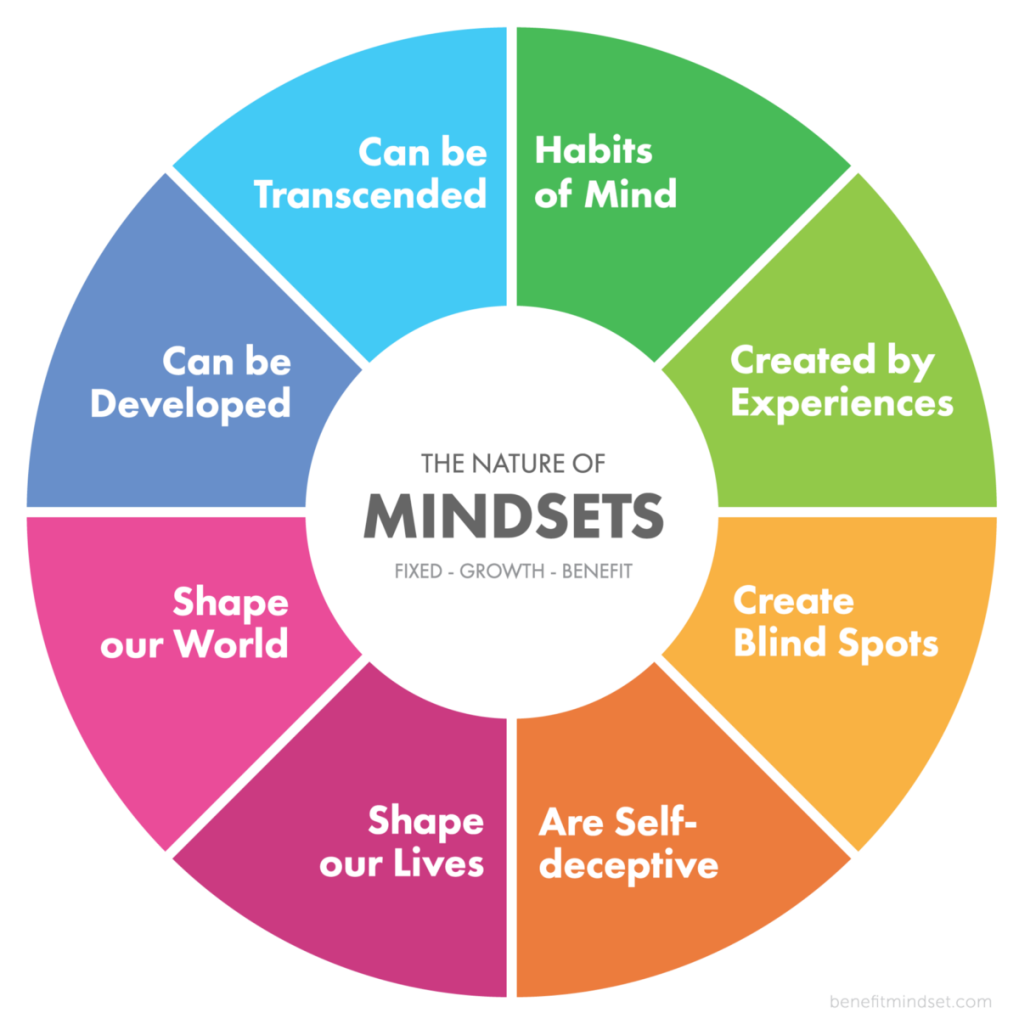
Mindset Development
Mindset Development
Mindset Development, Stanford psychologist Dr. Carol Dweck and author of “Mindset: The New Psychology of Success” explains how there are two types of mindsets: growth and fixed mindset.
Dweck describes how a growth mindset embraces challenges and views failure “not as evidence of unintelligence but as a heartening springboard for growth and for stretching our existing abilities.” While a fixed mindset grips onto the belief that intelligence and talents are static, and success is accomplished solely based on talent and little effort.
“Although people may differ in every which way in their initial talents and aptitudes, interests, or temperaments, everyone can change and grow through application and experience.”
— Carol Dweck, The New Psychology of Success
It goes without saying that everyone, not just professionals, should strive for a growth mindset. In Mindset Development You have the power to climb mountains, brave storms, and ride the waves! 🙌 Now, let’s kick fixed mindset out and start developing a growth mindset!
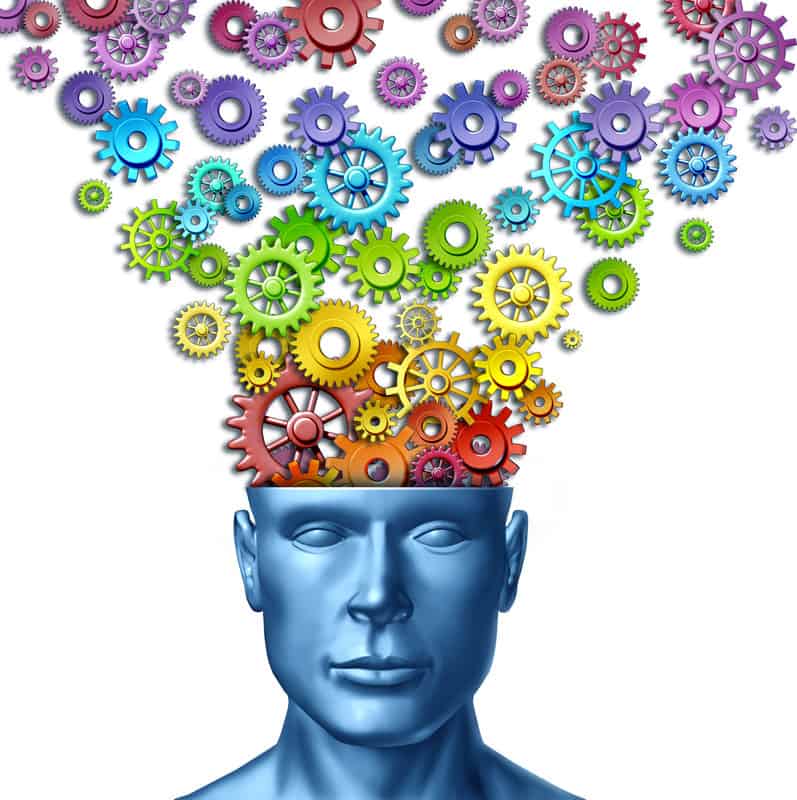
10 ways to develop a growth mindset
Now that you have an idea of what a growth mindset is, let’s dig a little deeper. We compiled 10 techniques to help you unlock the growth mindset part of your brain. Let’s get started!
-
Reflect.
- Take time to acknowledge, reflect, and embrace all your failures. Becoming aware of your areas of improvement is the stepping stone in cultivating a growth mindset. Sweeping your weaknesses under the rug will only inhibit your ability to reach success.
-
Find your purpose.
- In a growth mindset TED Talk led by Charlotte Barber, the young speaker explains how fostering a “growth mindset with a strong purpose and a toned resilience muscle, you’ll find that there are always other ways to achieve your goals.” We agree. Take time to reflect and find your purpose.
-
Take on challenges.
- Part of developing a growth mindset is shattering the negative perception of a challenge. Embrace challenges and view them as fruitful learning experiences that you would not get otherwise. Elbert Hubbard once said, “The greatest mistake you can make in life is to be continually fearing you will make a mistake.” One of our favorite growth mindset quotes! 🙌
-
Foster grit.
- Grit is the ability to persevere through obstacles in order to reach a meaningful end-goal. Hold on to grit. It gives that internal push to keep moving forward and fulfill your commitments.
- Incorporate “yet.” Integrating the word yet into your vocabulary signals that despite any struggles, you can overcome anything. It’s a matter of time and little effort. Practicing growth mindset activities like yet starts shifting that fixed mindset to a growth mindset.
- Jot down goals. Growth mindset people are aware that once one goal is down they have others lined up to pursue. Create clear, realistic goals based on your passion and purpose. And be sure to give yourself enough time to conquer them thoroughly.
- Alter your attitude. Fixed mindsets tend to harbor negative, pessimistic, and no-can-do attitudes. Kick those thoughts out now. The power of positive, optimistic thinking can instantly shift your mood that not only inspires you but others around you as well.
- Ask for constructive feedback. A growth mindset proactively sources out feedback from peers, friends, and leadership. It’s a chance to find lessons, learn from mistakes, and place efforts into skills that will help in the long run. *Cough cough* check out Matter. 👀
- Practice mindfulness. Mental and physical activities are another piece of the growth mindset formula. Mediation, walking, or even stretching allows you to focus on the present moment, mediate on your surroundings, and brings clarity to a cloudy mind.
- Appreciate the journey. An important factor when building a growth mindset is seeing the value in your journey. When you are fixated on the outcome, you miss out on valuable learning moments that can improve your professional development overall. A growth mindset sees beauty in struggling.
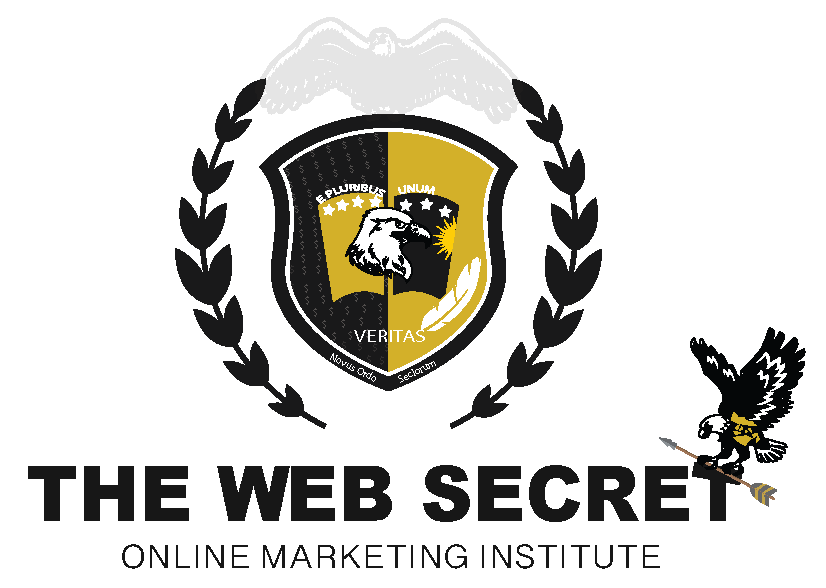
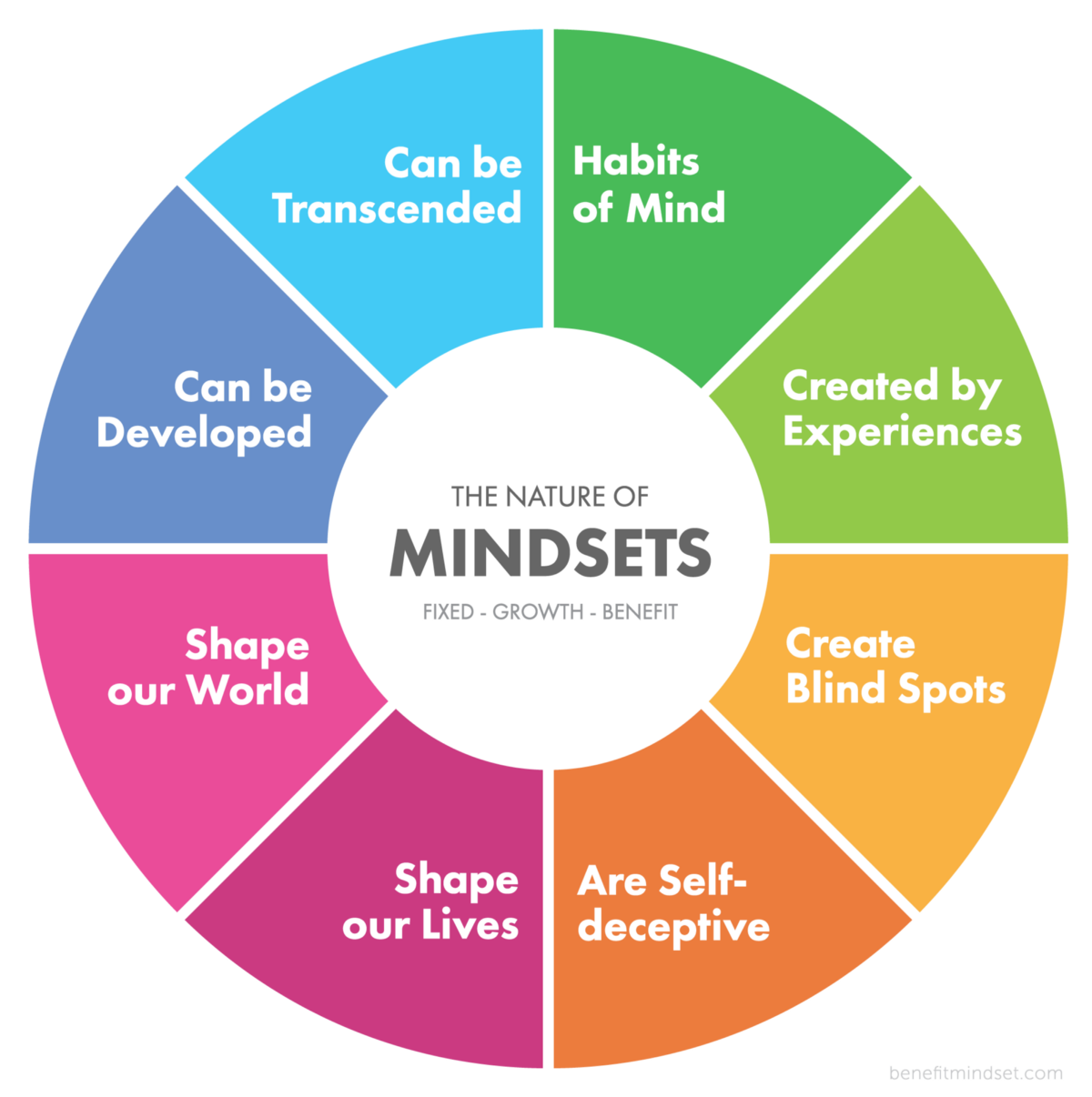
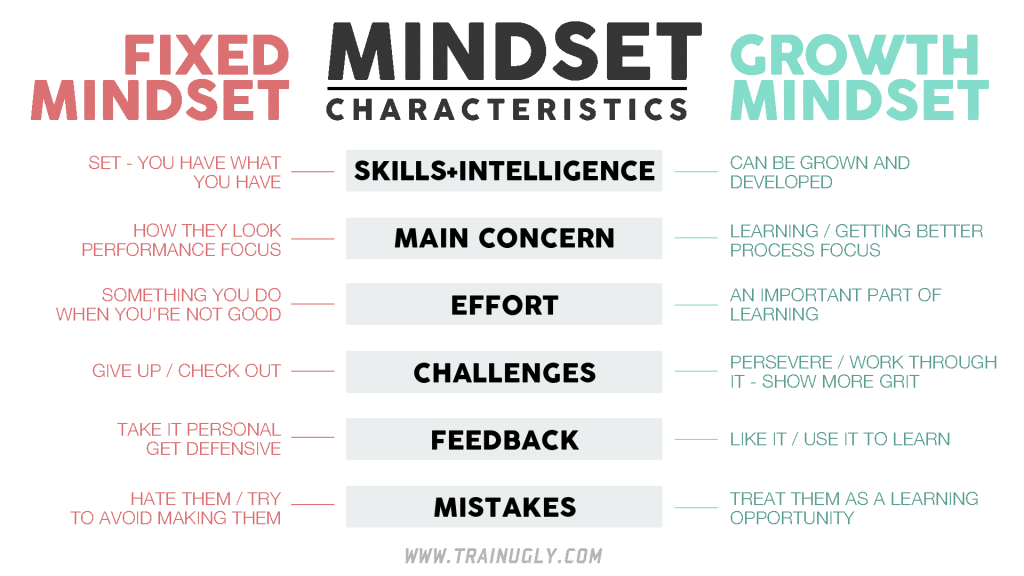
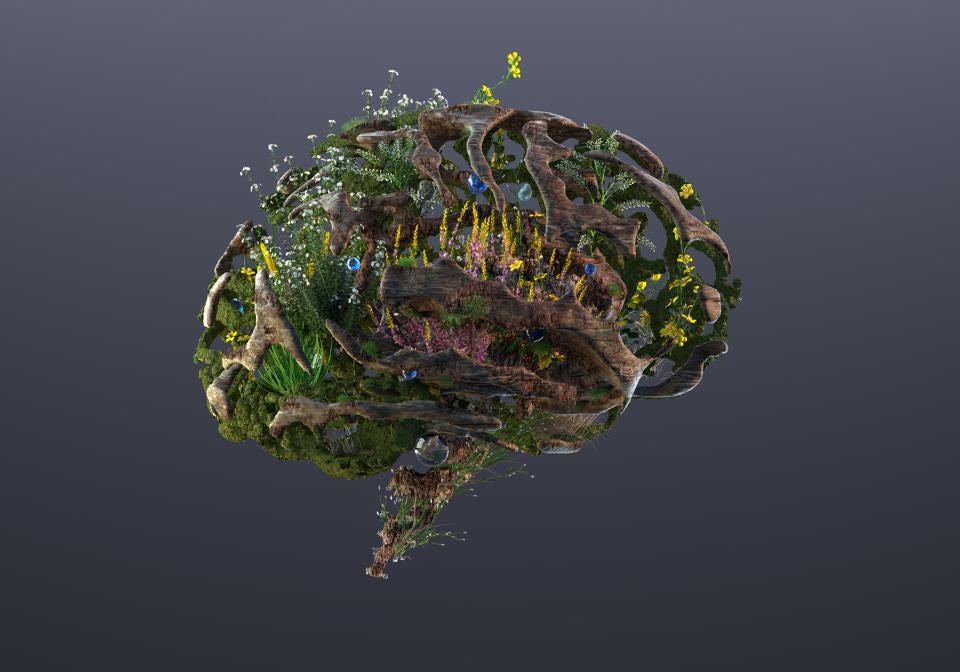

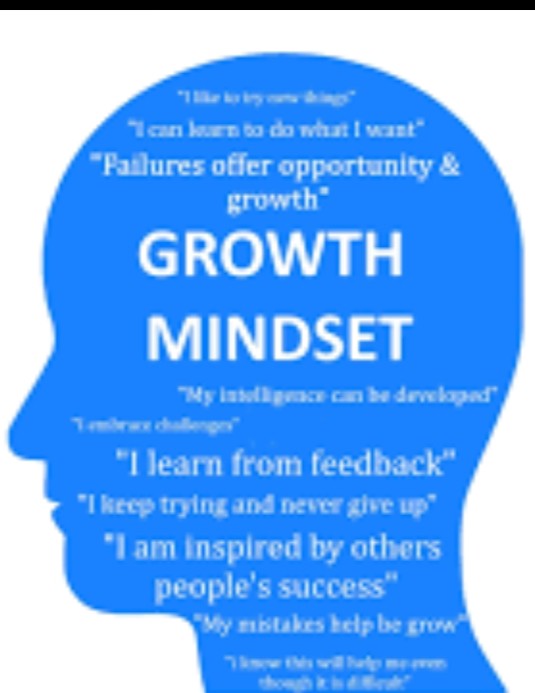
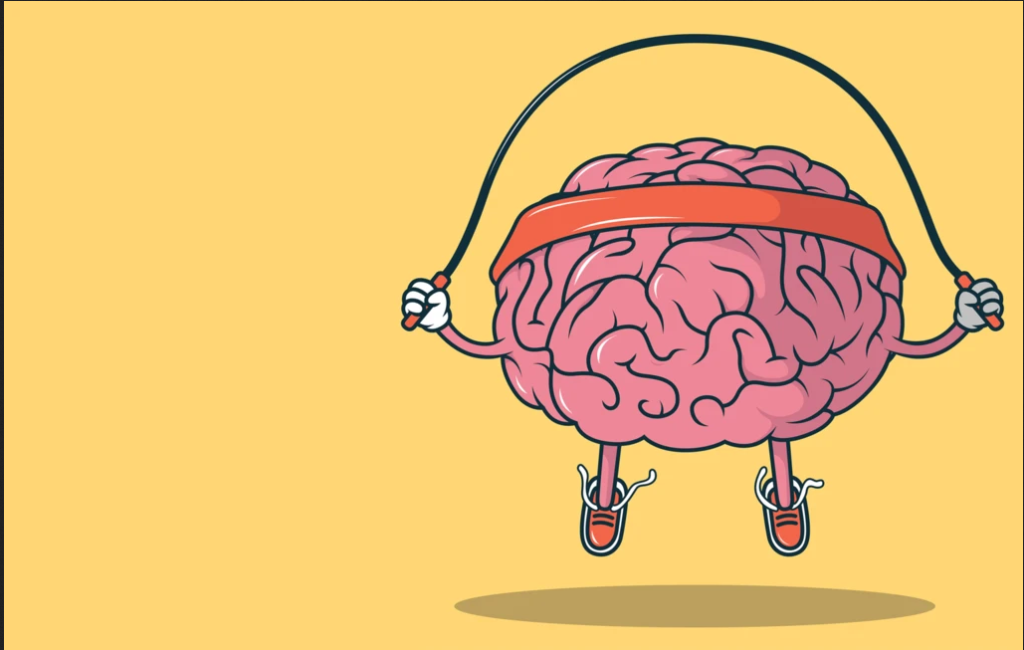
Responses